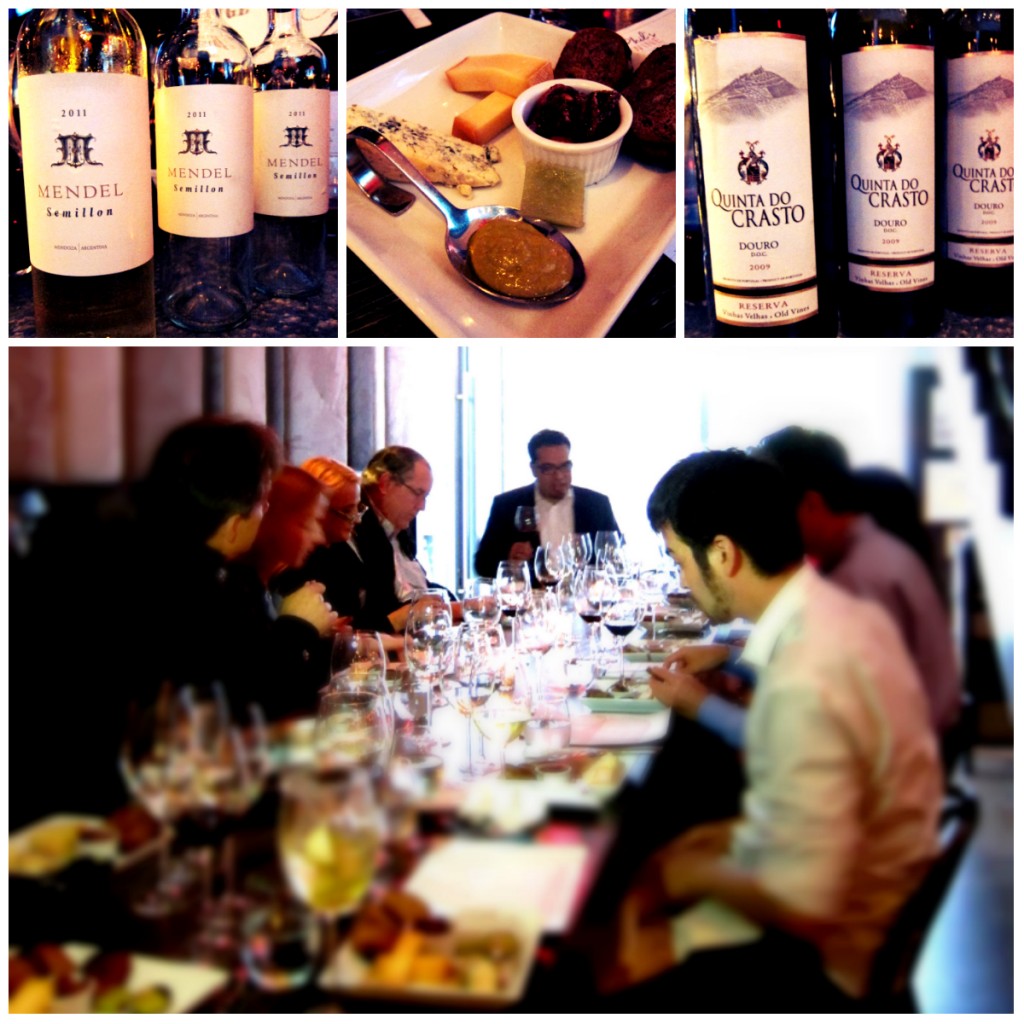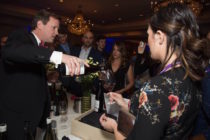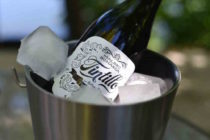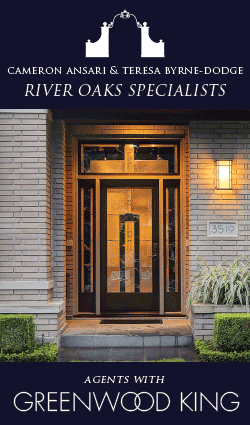When I heard that award-winning sommelier Vanessa Trevino Boyd had assembled a group of Houston’s most interesting and talented sommeliers for an intimate wine-tasting series at the swanky re-launched Phil’s Wine Lounge, I couldn’t have been more excited. The premise was simple: Each guest sommelier would select a theme and a series of wines to be presented to a limited-seating group of 15 every other Wednesday for 14 consecutive weeks.
A mere $40 per class – the average cost of the wines themselves if you were to order by the glass – makes this a veritable steal for four sommelier-selected wines, a cheese plate and the chance to get up close and personal with Houston’s top wine talent. I couldn’t wait to sign up, and, in truth, I wish I could have signed up for the entire series. It would have been like taking a master sommelier class, complete with a lineup of who’s who in the industry presenting subjects about which they were passionate.
The themes included a Trip to Austria with Fred Jones of The Pass & Provisions; Cutting-Edge California Chardonnays with Jason Sherman of Brennan’s; Syrah Is Back with David Keck of Uchi; Sparkling Wines: Its Non-Champagne Counterparts with James Watkins of the Cordua Group; Ungrafted: Wines from Deep Vines with Christian Varas of the River Oaks Country Club; Bandol, The New Uber-Hip Wines with Kelly McCloud of Fleming’s Prime Steakhouse; and Italy Off the Beaten Path with Adele Corrigan of 13 Celsius.
In the end, I chose Christian Varas’ tasting of deep, old vines, a subject which hitherto I’d had little knowledge. Varas, the beverage and wine director at the River Oaks Country Club, was engaging, knowledgeable and approachable, offering a wealth of information.
Did you know that older vines have to work harder? That they produce less and smaller, more concentrated fruit? That they are better at managing environmental and temperature stresses? That their longer roots, which weave deep below the subsoil, result in the expression of more minerality and better expression of terroir in their fruit?
This was just the tip of the iceberg in terms of what Varas covered during our tasting, setting the context for the wines that he’d selected for the evening. Our group of 15 or so guests, seated around an elegantly appointed, rectangular community table, listened in rapt attention as Varas took us on a journey that started with old vines from the Uco Valley of Mendoza, Argentina, moving on to France, Portugal and then Lodi, California.
I liked that he chose wines that were accessible in price as well as on the palate. The retail cost of each bottle ranged from the high teens to the low 30-dollar range, very affordable for the average wine drinker.
We started with a 2012 Mendel Semillon from Mendoza, Argentina, a pale yellow wine that was floral and fruity on the nose, with a slight muskiness that is characteristic of the Semillon. A heavier white than, say, a Sauvignon Blanc, Varas explained why the fact that it’s grown at a higher elevation gives it more balance: Higher elevation means there is a bigger temperature difference between day and night; the sunshine produces higher sugar content during the day, while the cool temperature give a better acid structure at night. Each sip was smooth and well balanced, with a slight waxy mouthfeel and flavor that persisted long after the wine had washed down.
We continued with a 2006 Crozes-Hermitage “Cuvee Cristophe” from Domaine des Remizieres from Rhône, France. A lighter-bodied, easy-to-drink Syrah, this was the least memorable of the wines we tasted only because the third and fourth wines were so remarkable.
My companion and I were blown away when we took a sip of the 2009 Quinto do Crasto, Douro, Old Vines Reserva from Portugal. A raisinated-style wine, with a slightly sweet finish, the rich, deeply colored, ultra smooth wine drank beautifully on its own, reminding me of the much more expensive Amarone-style wines from Italy. Retailing for about $45, its origin is a winery that dates back to the 1600s, its complexity arising from its composition: A field blend of 20 to 30 grapes grown in granite soil.
We tasted one other wine, a 2010 Zinfandel by Klinker Brick Winery in Lodi, California. On its own, it had a peppery kind of spicy flavor and a complexity that was remarkable for the lesser known region of Lodi, but at that point, the Quinto do Crasto had stolen the show for me, which is what I would have wanted to happen anyway.
Take away everything else – the knowledge of terroir, the vinicultural practices, the vintage or the vinification decisions – and ultimately, the sommelier’s job is to help you find a wine that you can enjoy. Thanks to Vanessa Trevino Boyd and Christian Varas, I not only found four wines that I could enjoy, I found one that I absolutely loved.
There are two remaining tastings in the Phil’s Wine Lounge Sommelier series, April 17 featuring “Bandol: The New Uber-Hip Wines” with Kelly McCloud of Fleming’s Prime Steakhouse and May 1, “Italy Off the Beaten Path” with Adele Corrigan of 13 Celsius. The series is close to being sold out at this point, but its success bodes well for future wine tastings of this type.









Follow Us